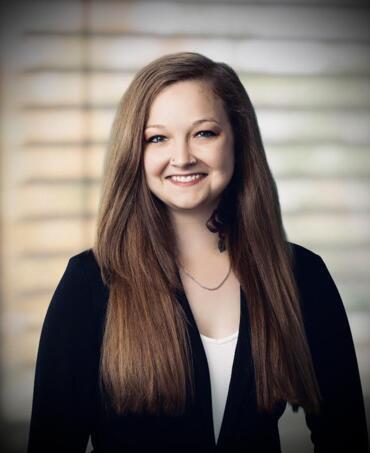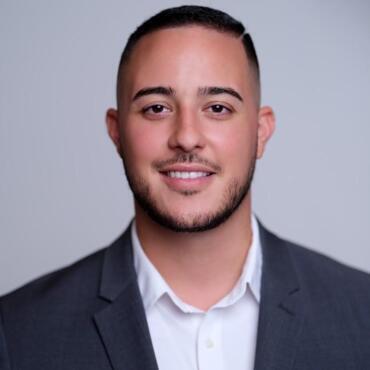
Expert Insights
What to Expect on Your Breast Cancer Journey
A breast lump is found either on exam or on a screening mammogram. The next step is to have
a biopsy done. Once results of the biopsy have confirmed cancer, the next step is to have a consultation
with a breast surgeon. You will likely meet the “Team” of providers that will care for you that day. Your
team will consist of a Surgeon, a Plastic Surgeon (optional), a Medical Oncologist, and a Radiation
Oncologist. Larger hospitals may have a Nurse Navigator to help steer you through these appointments
and providers; they may also offer consults with a psychologist, social worker, physical therapist,
nutritionist, and in some cases, a genetic counselor. These providers will support you in the care that
best suits your goals of care. Remember, you are in the driver’s seat.
The surgeon will review your surgical options: mastectomy or lumpectomy. Mastectomy is
removal of the whole breast. You will likely go home with a drain to help remove excess fluid after this
surgery. Partial mastectomy, also known as lumpectomy or breast conserving surgery, is removal of the
tumor and a portion of the surrounding breast tissue. Your surgeon may need to do a re-excision if the
pathology reports show that the surgical margins are not free of cancer cells. You will also be offered a
consultation with a plastic surgeon. They have many options for reconstruction including, breast
implants, flap reconstruction, and oncoplastic surgery (where breast tissue is rearranged to fill in the gap
or divot left after a lumpectomy). A sample of the lymph nodes on the same side as your breast cancer
may be sampled and tested for cancer cells. This is known as a sentinel lymph node biopsy and it occurs
at the same time as your breast surgery. If the surgeon knows that some of the lymph nodes have
cancer cells prior to surgery, instead of taking a small sampling, they will remove a larger number of
lymph nodes and this is called an axillary lymph node dissection. You will also go home with a drain
after this surgery. Occasionally, if a newly diagnosed patient has cancer that has metastasized to other
organs, your team will forgo surgery and start you on treatment with your medical oncologist.
When a patient requires chemotherapy before surgery, it is called neoadjuvant chemotherapy.
Your Medical Oncologist will recommend this if your tumor is large, (to ensure that the tumor shrinks
before surgery), or if your cancer is considered “aggressive” and your doctor wants to ensure that
cancer does not spread further. Chemotherapy that takes place after surgery is called adjuvant
chemotherapy. This is usually determined by your Oncotype score, which is a test done on your tumor
sample after surgery. A high score is an indicator that your cancer is likely to spread or return, therefor,
chemotherapy is recommended. Not all breast cancers will require chemotherapy, sometimes
hormonal therapy is required. This is a pill taken daily for several years. This medication will be
monitored by your Medical Oncologist.
Radiation typically follows a lumpectomy. In some cases, radiation is used after a mastectomy if
some cancer cells remain in the margins of the incision. Radiation is usually daily over a period of 4-6
weeks.
In summary, your team will follow national guidelines regarding your care. These guidelines
have been established based on decades of research and clinical trials and exist to make sure each
patient gets the best treatment possible. Your team will be assessing your response to treatment and
updating your plan of care based on your response to treatment.









